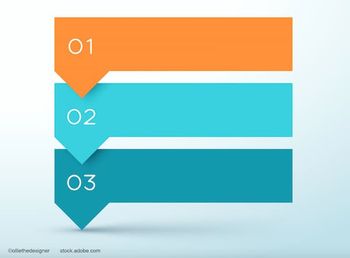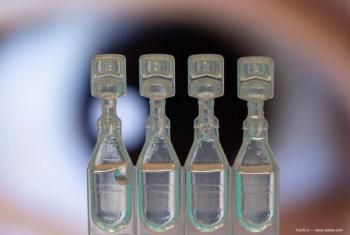
Gas resolves acute hydrops
Intracameral injection of perfluoropropane gas in a non-expansile concentration (14%) appears to hasten resolution of corneal edema in eyes with acute corneal hydrops.
Hyderabad, India-Intracameral injection of perfluoropropane (C3F8) gas in a non-expansile concentration (14%) appears to hasten resolution of corneal edema in eyes with acute corneal hydrops, particularly in those with keratoconus, according to the results of a retrospective study presented by Pravin K. Vaddavalli, MD.
All patients had a clinical diagnosis of ectasia and acute hydrops, presented within 30 days of onset of symptoms (mean 6 to 7 months), had no prior intervention, and had complete documentation during follow-up that was more than 1 year in both groups. The majority of eyes had hydrops associated with keratoconus (69.5%) followed by pellucid marginal degeneration (PMD) (20.5%), and the rest had keratoglobus (10%).
Shortening of the time to resolution was also observed in eyes with PMD treated with C3F8 compared with the controls, mean 130.5 versus 170.2 days, although the difference between groups was not statistically significant. There was no difference in mean time to resolution in the treated and control groups among eyes with keratoglobus, 162.8 versus 168.6 days.
Final best-corrected visual acuity was no different in eyes that received C3F8 compared with the controls, and there were no differences between groups in endothelial cell counts or morphology. Glaucoma due to pupillary block occurred in 10 treated eyes (16%) and in none of the controls, and surgical release of the gas was needed in seven eyes.
However, keratitis occurred only in the control group (3%) and stromal vascularization was almost twice as common in the controls compared with the C3F8-treated eyes (20% versus 11%).
"Although this is a retrospective study without [random assignment] to treatment, the treated and control groups were well matched in their demographic and baseline characteristics," Dr. Vaddavalli said.
"The results suggest intracameral 14% C3F8 is a useful modality for hastening visual recovery in eyes with acute corneal hydrops, and by reducing the risk of stromal vascularization, it may also have a benefit for improving outcomes for eyes that go on to keratoplasty," he added.
Newsletter
Don’t miss out—get Ophthalmology Times updates on the latest clinical advancements and expert interviews, straight to your inbox.














































.png)


